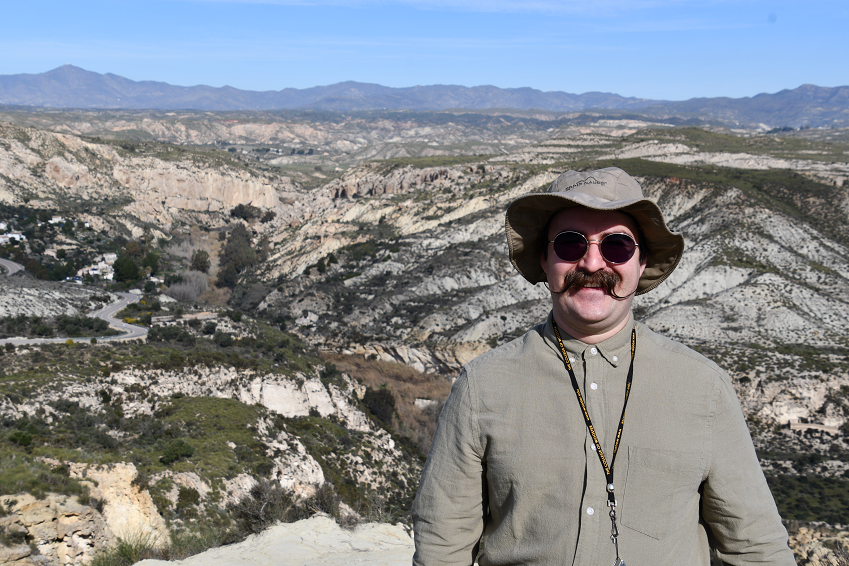By William Harrison, PhD student of 4D-REEF at Naturalis Biodiversity Center.
From April 20th to 24th, 2020 February 20th through 26th 2022, the 4D-REEF consortium met once again. And this time we actually went to Spain! In person! Where better to launch an old-fashioned, in-person event than a hotel made out of sets of old movies? The grand Hotel El Dorado, in Carboneras, Spain provided a fantastic base of operations for our daily expeditions; starting around 8:30 we would pile onto the group bus and head wherever Juan Carlos led us. And as a professor from the University of Granada who has been working in the region so long that he wrote the information signs at some of our stops, Juan Carlos knew where to lead.
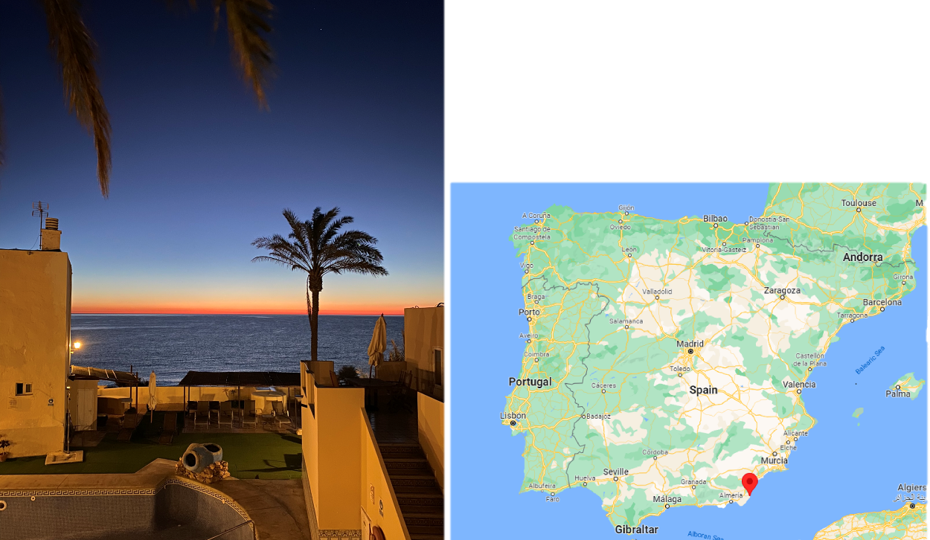
Figure 1: A gorgeous sunrise greeted us every morning. (Left – Photo credit Andrew Torres). Map of Spain, with Carboneras marked (Right – Image credit Google Maps)
We did not need expert advice to see that the views were breathtaking, but Juan Carlos opened our eyes to the hills’ hidden histories. Under his guidance, a gently sloping hill became a talus slope, slight changes in the color of rocks became shallowing and re-flooding trends, and ancient coral reefs were suddenly everywhere!
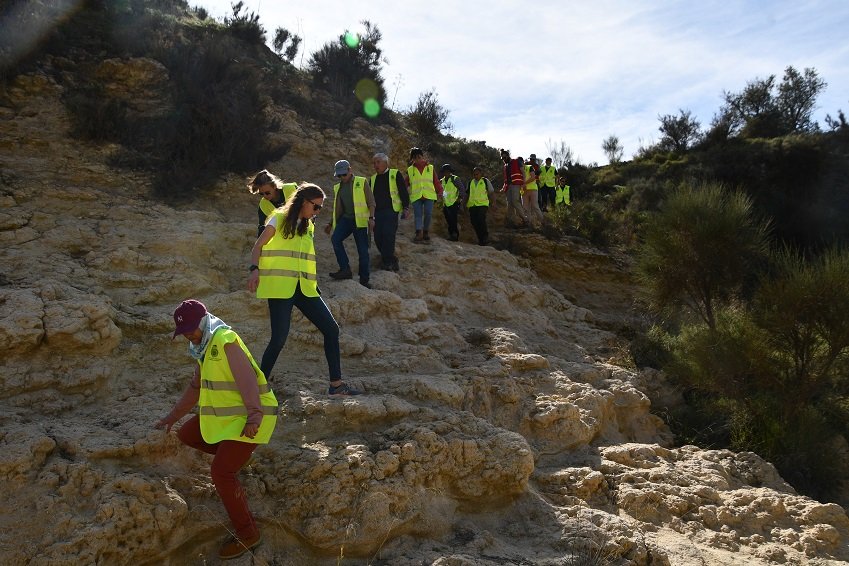
Figure 2: Juan Carlos with his ducklings in a row. The rocks under our feet represent a deepening upward sequence and were full of bivalves and brachiopods. (Photo credit Daniel Schürholz)

Figure 3: ESRs enjoy the scenery visible from atop a Miocene coral reef.
Yes, you read that correctly! Southern Spain used to have coral reefs. Now, I know how it is. When you hear a geologist say something ‘used to have’ something, you think “oh, this is one of those crazy geologist with no sense of time talking about when Spain ‘used to have’ dinosaurs”. But these reefs are barely 5 million years young! OK, maybe I am a crazy geologist with no sense of time, but 5 million years is nothing in geological time; why, the first hominids had already appeared by then! Back then, the Mediterranean waters around Spain were filled with corals and other reef taxa. Sadly, the entire Mediterranean dried up in the end of the Miocene; while it did re-flood in the Pliocene, all the reef corals had gone extinct and none of the waters connected to the Mediterranean had any corals to recolonize the Spanish coastline. The dead reefs were buried by later sediments and eventually dissolved since coral shells are made of unstable aragonite. Today they are preserved as casts of corals filled with more stable materials and caves where now-dissolved reefs used to reside.

Figure 4: Coral reefs were abundant in the Mediterranean during the Miocene. Here you can see A) a coral reef with corals preserved as columns and a cave left by dissolved material below and B) a remarkably accurate cast of a coral colony. (Photo credit Daniel Schürholz)
The most interesting taxa besides corals were, in my unbiased opinion as a foraminifera researcher, the foraminifera. These single-celled amoeba-like protists built lentil-sized shells to live in. Like corals, they enjoy living in warm water and thrive in well-lit conditions where they can farm photosynthetic algae. Unlike corals, they used stable calcite, so they are nicely preserved for us to find and study. Much prettier to look at!
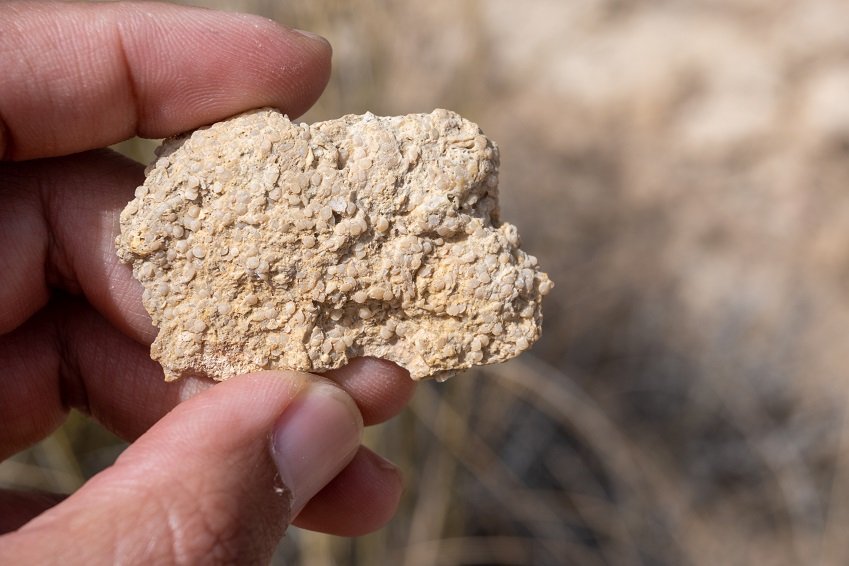
Figure 5: Foraminifera, kings of algae. Each lentil-shaped grain in this picture is the shell of a single-celled alga. (Photo Credit Dino Ramos)
All in all a great (and educational) time was had by all. But wait, there’s more to this trip than fieldwork! Wednesday we took a break from hiking to socialize and to plan. To plot. To scheme together and find opportunities for collaborations between ESRs. The day started with ESR project speed-dating, in which all 15 ESRs spent 5 minutes with each of the other ESRs discussing our projects and looking for places where they overlap. Then we moved to prearranged groups talking about pre-planned projects; ESRs who did not have a project to discuss planned to shoot a short film.
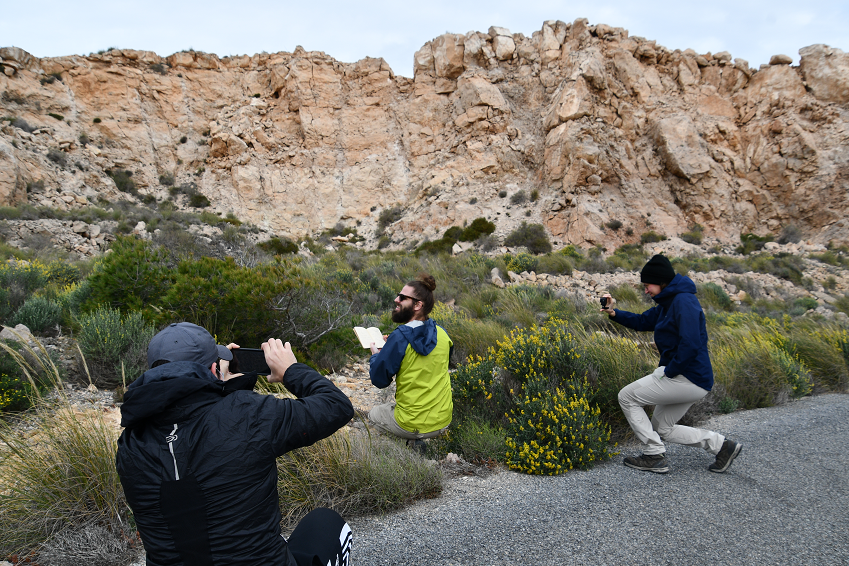
Figure 6: Mike G. Hynes deals with paparazzi as he films his breakout role. (Photo credit Daniel Schürholz)
All in all a good time was had by everyone. Sadly, this journey had to come to a close. After eating together and exploring the reefs of Spain as a group, we had to part ways once more. Hopefully these discussions will bear many fruits and I look forward to seeing the completed film. Next time in Indonesia!
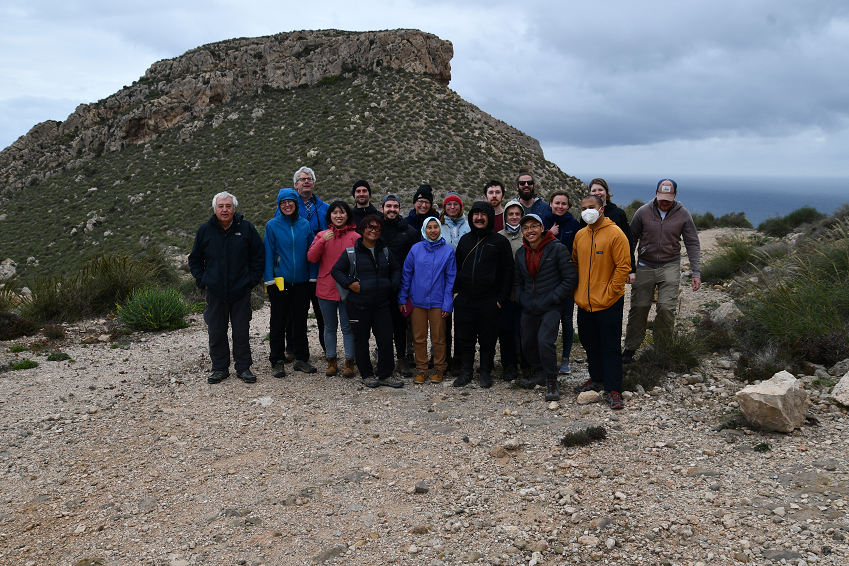
Figure 7: After eating together and exploring the reefs of Spain as a group, we had to part ways once more. Hopefully we will meet again this summer in Indonesia! (Photo credit Daniel Schürholz)
Figure 8: We made many new friends in Spain with all sorts of numbers of legs but in the end we had to say goodbye. (Video credit Andrew Torres)
Until next time!


